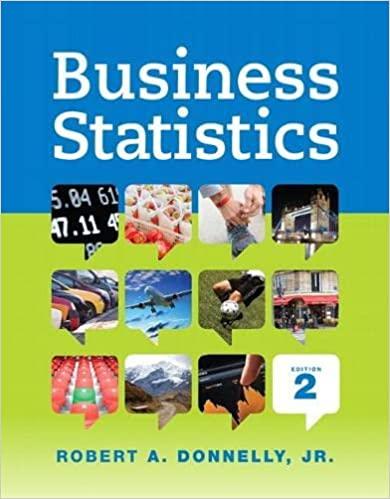Question
1.) Show all work, a small diagram of the structure labeled with the dimensions, and label all answers with the correct units.l. Design a fan
1.)
Show all work, a small diagram of the structure labeled with the dimensions, and label all answers with the correct units.l. Design a fan and pad cooling system for a new double polyethylene film covered greenhouse that is 144feetlong and 150 feet wide. The range is made up of 6 continuous gutter connected bays, each 25 feet wide. The side walls and eaves are 12 feet high.The gutter to ridge-top vertical height is 5 feet and the gutter to gutter curved arch distance is 30feet(you do not have to calculate it).Use the orientation to provide the most uniform light for Grand Rapids, MI and consider the correct location of the headhouse and winds from the west when laying out the plan and placing fans and pads. (Show orientation on your diagram.)Assume an elevation of 800feet above sea level, a maximum interior light intensity of 6000 footcandles, and a pad to fan temperature variation of 7F. Include all formulas, F values, m and calculations. Show the number of fans, the size of the fans(width and HP), and the placement in a diagram. Calculate the pad size for 4-inch cellulose pads (assume the pads run the entirel ength of the greenhouse wall), the water reservoir(s)volume (in gallons) and the pump(s) size (gallon per minute) for the recirculated water.See tables inD2L ortext. Use L W 8
2.)
a.If the dry bulb temperature outside is 95F and the relative humidity is 50%, what is the wet bulb temperature assuming 100% efficiency of saturation by the cooling pads (ie.that the air gets to 100% relative humidity after passing through the pads?(Question is the same as "what is the wet bulb temperature?")
b. If your fan and pad system is only 80% efficient (ie. only 80% of the possible cooling that could occur if the system was 100% is attained), what is the lowest dry bulb temperature that can be achieved in the greenhouse (just inside the pads) under these conditions?
3.)
How would you ventilate the greenhouse range in number l during the winter months? What volume of air movement (exhaust) should be planned (show a calculation) and how could this best be accomplished? (Consider winter vs summer and how to use some of the same equipment for both if possible.) (There is more than one way to ventilate this range.) What additional F factor must be used (Hint: use the standard condition)?



Step by Step Solution
There are 3 Steps involved in it
Step: 1

Get Instant Access with AI-Powered Solutions
See step-by-step solutions with expert insights and AI powered tools for academic success
Step: 2

Step: 3

Ace Your Homework with AI
Get the answers you need in no time with our AI-driven, step-by-step assistance
Get Started


